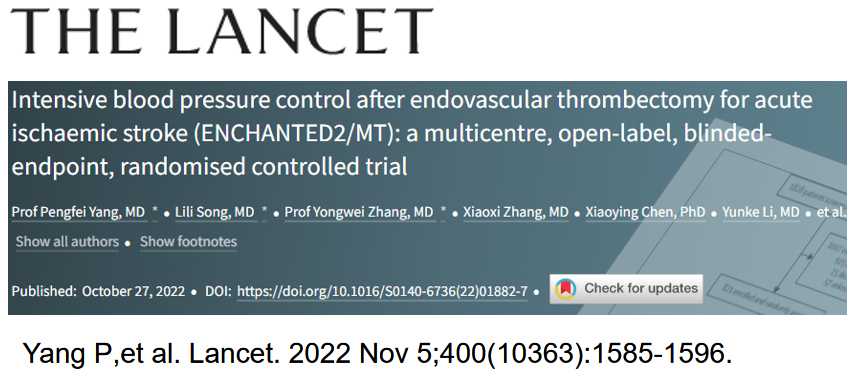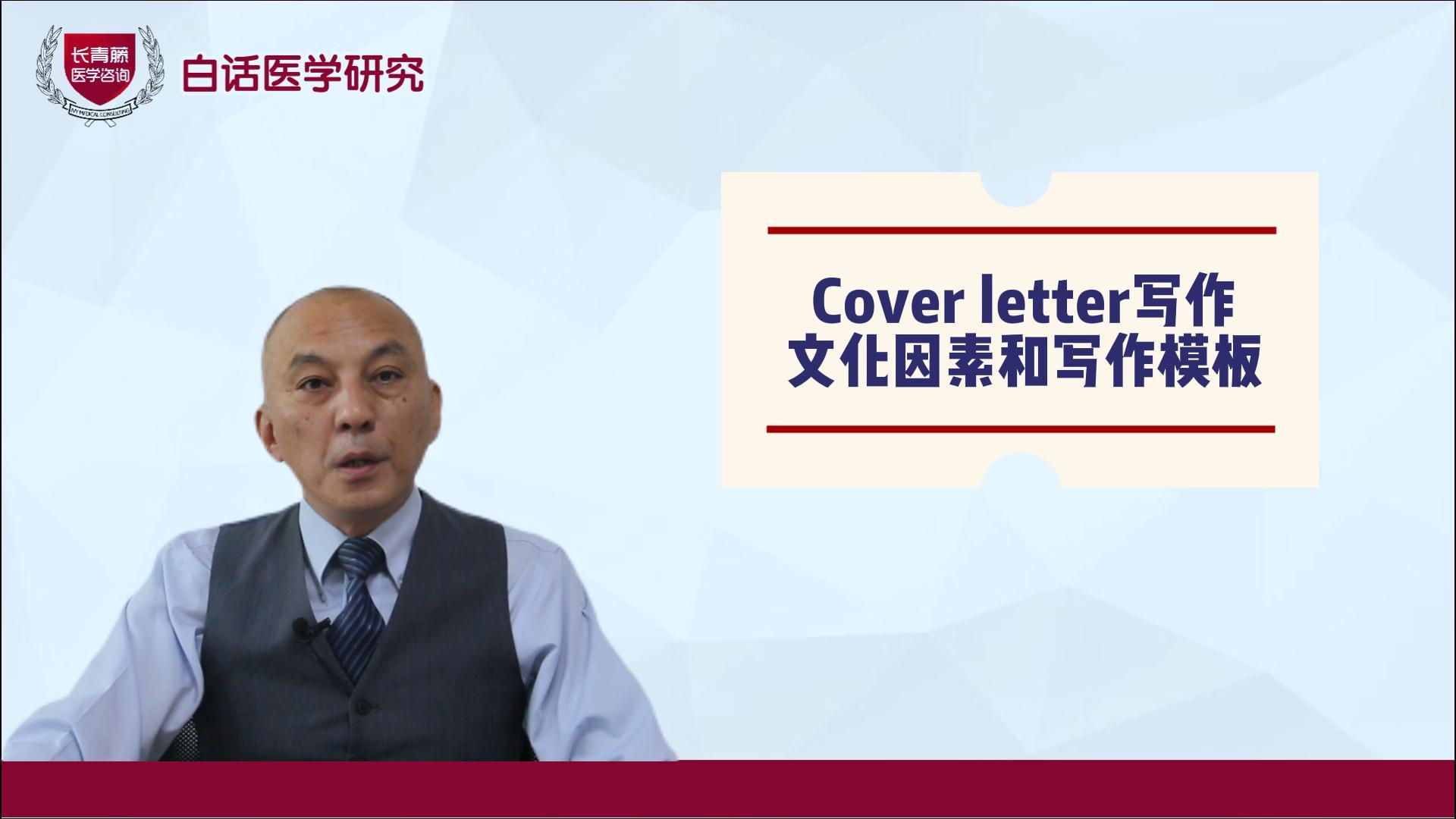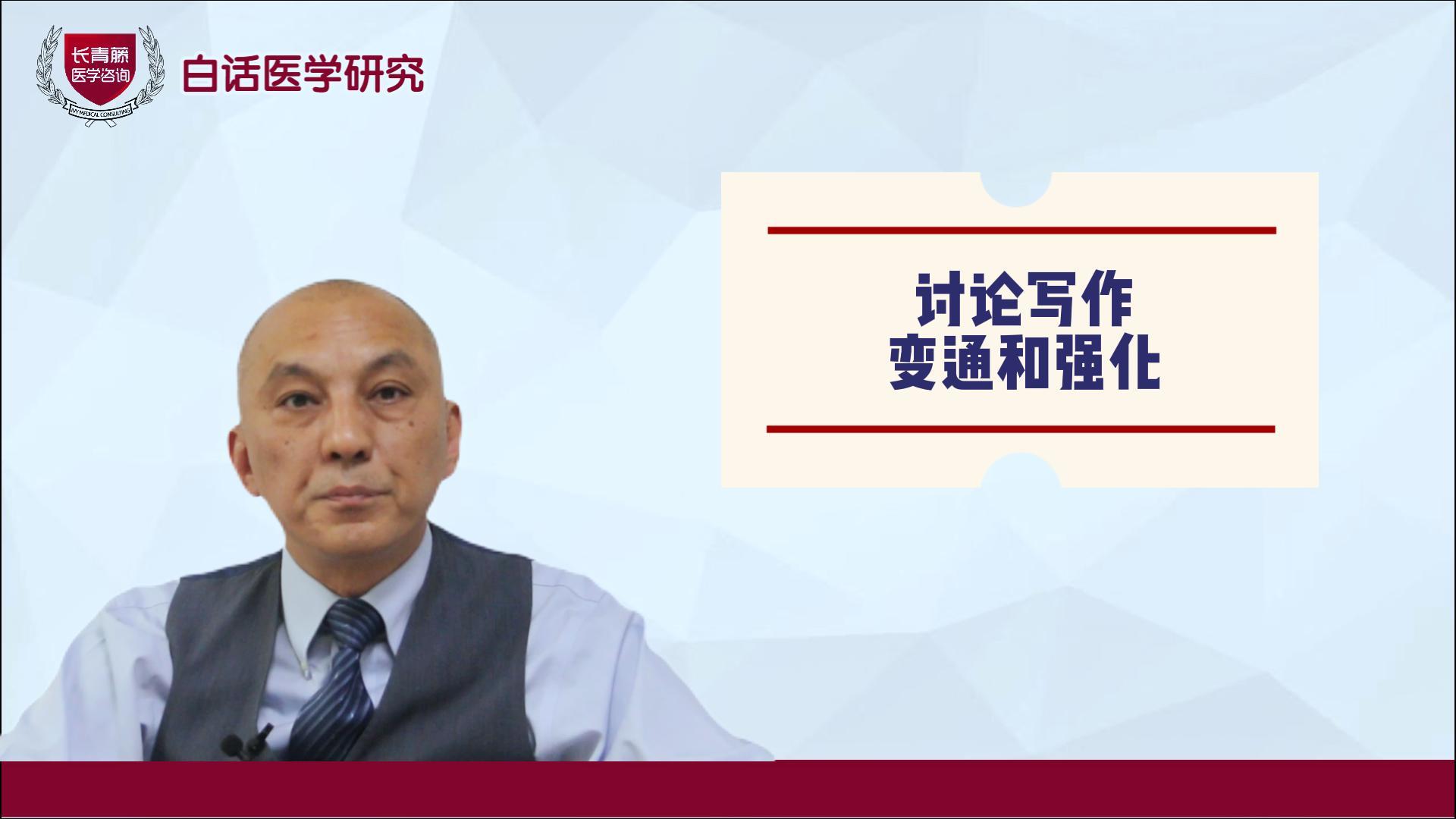2022-11-21


急性缺血性卒中血管内取栓术后的最佳收缩压尚不确定。我们的目的是比较在血管内再灌注治疗后血压升高的患者中,根据强化与低强化治疗指标降压治疗的安全性和有效性。我们在中国44家三级医院进行了一项开放标签、盲终点、随机对照试验。
研究纳入821例患者,407名患者被分配到强化治疗组,409名患者被分配到低强化治疗组,其中强化治疗组404名患者和低强化治疗组406名患者有初步预后数据。强化治疗组较弱强化治疗组功能预后不良的可能性更大(常见OR 1.37 [95% CI 1.07 - 1.76])。与低强度治疗组相比,强化治疗组在90天出现更多的早期神经功能恶化(常见OR 1.53[95% 1.18 - 1.97])和严重残疾(OR 2.07 [95% CI 1.47 - 2.93]),但在症状性脑出血方面无显著差异。两组间严重不良事件或死亡率无显著差异。
避免将收缩压控制在120 mm Hg以下,以防止影响因颅内大血管闭塞而行血管内取栓治疗的急性缺血性卒中患者的功能恢复。
Abstract
Background: The optimum systolic blood pressure after endovascular thrombectomy for acute ischaemic stroke is uncertain. We aimed to compare the safety and efficacy of blood pressure lowering treatment according to more intensive versus less intensive treatment targets in patients with elevated blood pressure after reperfusion with endovascular treatment.
Methods: We conducted an open-label, blinded-endpoint, randomised controlled trial at 44 tertiary-level hospitals in China. Eligible patients (aged ≥18 years) had persistently elevated systolic blood pressure (≥140 mm Hg for >10 min) following successful reperfusion with endovascular thrombectomy for acute ischaemic stroke from any intracranial large-vessel occlusion. Patients were randomly assigned (1:1, by a central, web-based program with a minimisation algorithm) to more intensive treatment (systolic blood pressure target <120 mm Hg) or less intensive treatment (target 140-180 mm Hg) to be achieved within 1 h and sustained for 72 h. The primary efficacy outcome was functional recovery, assessed according to the distribution in scores on the modified Rankin scale (range 0 [no symptoms] to 6 [death]) at 90 days. Analyses were done according to the modified intention-to-treat principle. Efficacy analyses were performed with proportional odds logistic regression with adjustment for treatment allocation as a fixed effect, site as a random effect, and baseline prognostic factors, and included all randomly assigned patients who provided consent and had available data for the primary outcome. The safety analysis included all randomly assigned patients. The treatment effects were expressed as odds ratios (ORs). This trial is registered at ClinicalTrials.gov, NCT04140110, and the Chinese Clinical Trial Registry, 1900027785; recruitment has stopped at all participating centres.
Findings: Between July 20, 2020, and March 7, 2022, 821 patients were randomly assigned. The trial was stopped after review of the outcome data on June 22, 2022, due to persistent efficacy and safety concerns. 407 participants were assigned to the more intensive treatment group and 409 to the less intensive treatment group, of whom 404 patients in the more intensive treatment group and 406 patients in the less intensive treatment group had primary outcome data available. The likelihood of poor functional outcome was greater in the more intensive treatment group than the less intensive treatment group (common OR 1·37 [95% CI 1·07-1·76]). Compared with the less intensive treatment group, the more intensive treatment group had more early neurological deterioration (common OR 1·53 [95% 1·18-1·97]) and major disability at 90 days (OR 2·07 [95% CI 1·47-2·93]) but there were no significant differences in symptomatic intracerebral haemorrhage. There were no significant differences in serious adverse events or mortality between groups.
Interpretation: Intensive control of systolic blood pressure to lower than 120 mm Hg should be avoided to prevent compromising the functional recovery of patients who have received endovascular thrombectomy for acute ischaemic stroke due to intracranial large-vessel occlusion.
Funding: The Shanghai Hospital Development Center; National Health and Medical Research Council of Australia; Medical Research Futures Fund of Australia; China Stroke Prevention; Shanghai Changhai Hospital, Science and Technology Commission of Shanghai Municipality; Takeda China; Hasten Biopharmaceutic; Genesis Medtech; Penumbra.
文章连接:
www.thelancet.com/journals/lancet/article/PIIS0140-6736(22)01882-7/fulltext
百度浏览 来源 : 医微客
版权声明:本网站所有注明来源“医微客”的文字、图片和音视频资料,版权均属于医微客所有,非经授权,任何媒体、网站或个人不得转载,授权转载时须注明来源:”医微客”。本网所有转载文章系出于传递更多信息之目的,且明确注明来源和作者,转载仅作观点分享,版权归原作者所有。不希望被转载的媒体或个人可与我们联系,我们将立即进行删除处理。 本站拥有对此声明的最终解释权。




发表评论
注册或登后即可发表评论
登录注册
全部评论(0)